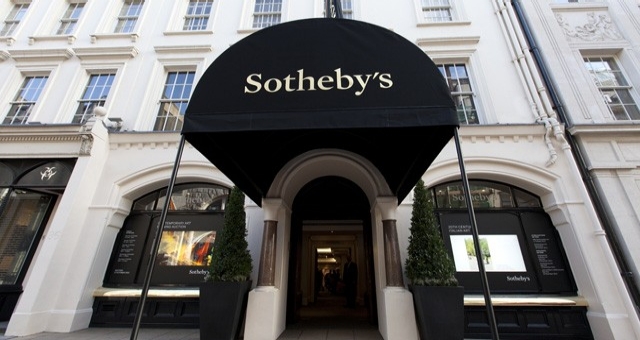
Sotheby’s & Christie’s and the history of auctions
31.05.16
According to ancient Greek scribes’ records, the first auctions occurred as early as 500 BC. At that time, women were auctioned as wives. Women with distinct beauty sparkled the most dynamic bidding. A descending method (starting with a high price and going lower) was used for these auctions, and as long as the minimum price was met, the first person to bid was a purchaser.
American auctions date back to the 1600s. They remained popular during colonisation with the sale of imports, crops, livestock, tobacco, tools, slaves and farms. Selling at auction was the fastest and most efficient method to earn money.
The growth of the auction industry remained until the Great Depression of 1929. The poor economic climate led to the auction decline, which did not recover until after the second World War.
After the war, auctioneering began to improve significantly. The sale of goods and real estate was booming. This is when the modern day auction business was born. Progressing and changing over the years, auctioneering remains more popular than ever. Almost everything can be sold by the auction method: art works, antiques, household items, land, homes, designer clothes, jewellery and more.
Since the 1970s, the auction sales have had a profound effect on the diamond and gem markets, influencing prices and rising consumer awareness of coloured gemstones and their origins worldwide.
The two world’s largest auction houses today, Sotheby’s and Christie’s, date back to the 18th century. The former is the world’s fourth oldest auction house in continuous operation, with 90 locations in 40 countries; while the latter is currently the world’s largest auction house, with sales totalling £4.8 billion in 2015.
Sotheby’s began in 1744 when London bookseller Samuel Baker auctioned "several hundred scarce and valuable" books from the library of a British aristocrat John Stanley, 1st Baron Stanley of Alderley.
Christie’s was established by James Christie, a London art dealer, in 1766. Its first sale of fine jewellery took place in 1795 after the French Revolution, when it auctioned the jewels of Madame du Barry, King Louis XV’s mistress, who had been executed two years earlier.
Fine art was the mainstay of both houses through the 19th and early 20th centuries. Also, most major jewellery auctions were held at these two auction houses. Consequently, they began holding separate sales for large gems and major jewellery pieces in Geneva and later New York.
Even though fine art remains their largest category until today, Sotheby’s and Christie’s have also become the highest-profile sellers of the world’s top gemstones, both coloured and colourless.
Spectacular jewellery sold at Sotheby’s.
“The Blue Moon of Josephine,” 13.02 Carats
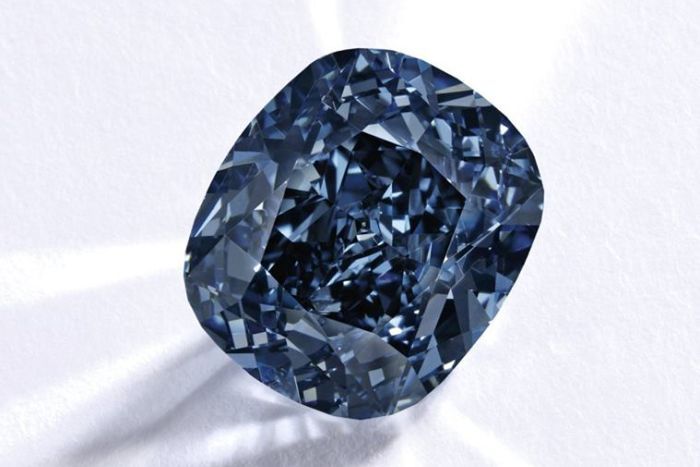
Sold for $48,468,158; setting a world record for any diamond of any color, and set another one for price per carat of any gemstone ever.
Ruby and Diamond Ring by Cartier, 25.59 Carats
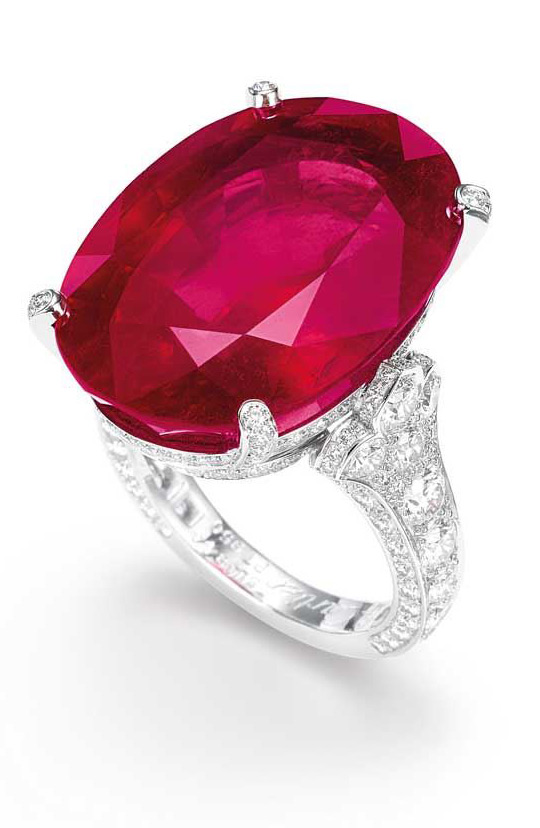
Sold for $30,335,698; setting a world auction record for ruby sales. It is also the first colored stone to sell for more than $1 million per carat at auction.
Emerald-Cut Diamond, 100.20 Carats, sold for $22,090,000.
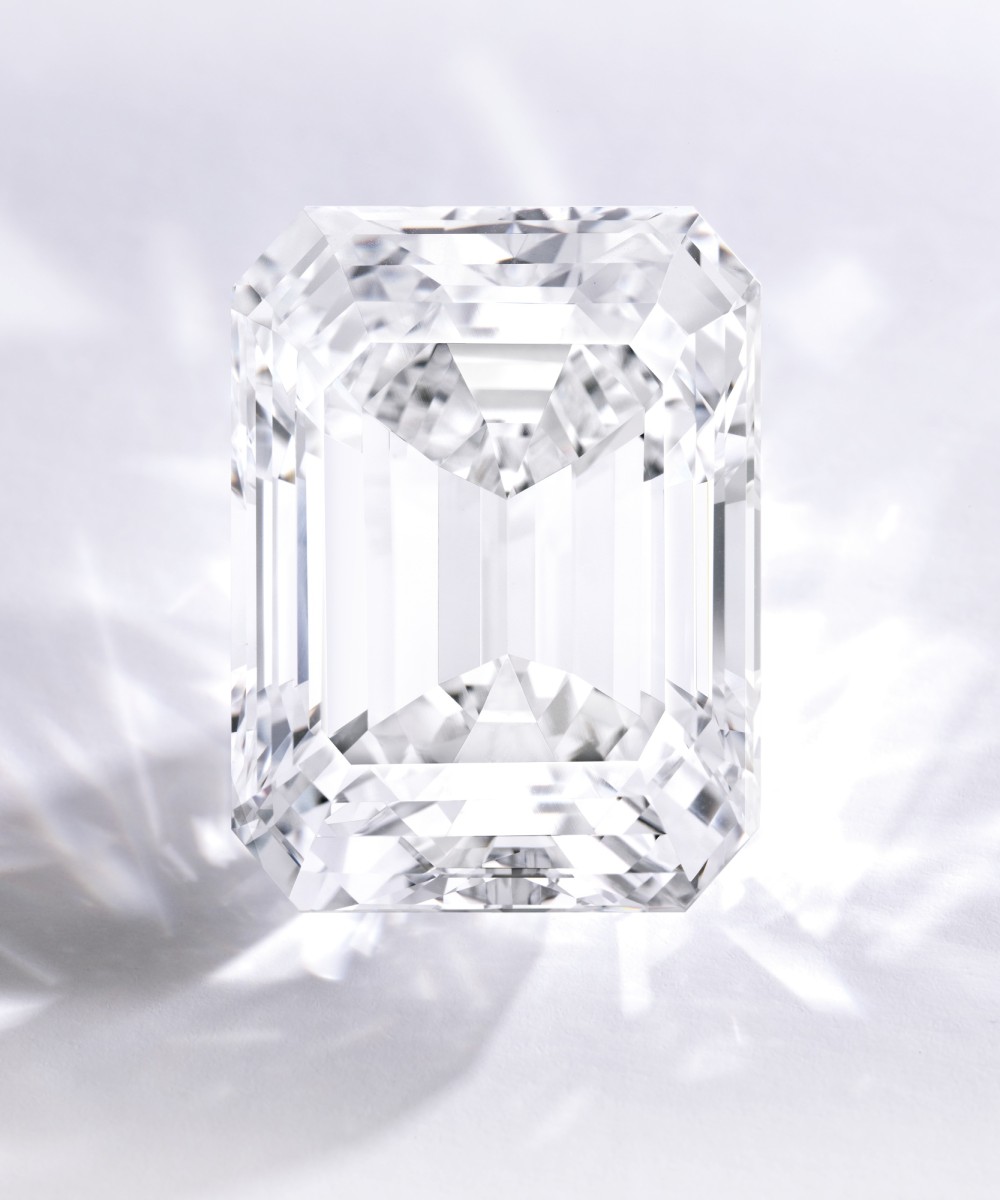
Spectacular jewellery sold at Christie’s.
“The Sweet Josephine”, 16.08 Carats
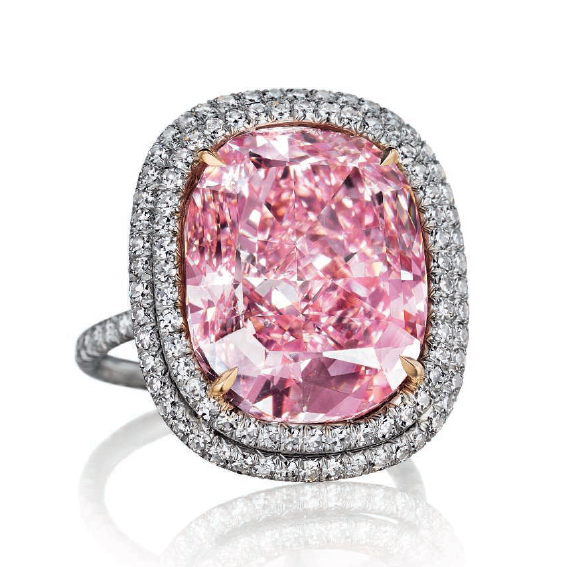
Sold for $28,523,925; to the buyer of “The Blue Moon” who also renamed it after his 7-year-old daughter.
“The Crimson Flame”, 15.04 Carats
.jpg)
Sold for $18,372,913; an extraordinary ruby and diamond ring with a 15.04-carat Burmese pigeon's blood ruby.
Ruby and Diamond Latticework Necklace, 120.74 Carats
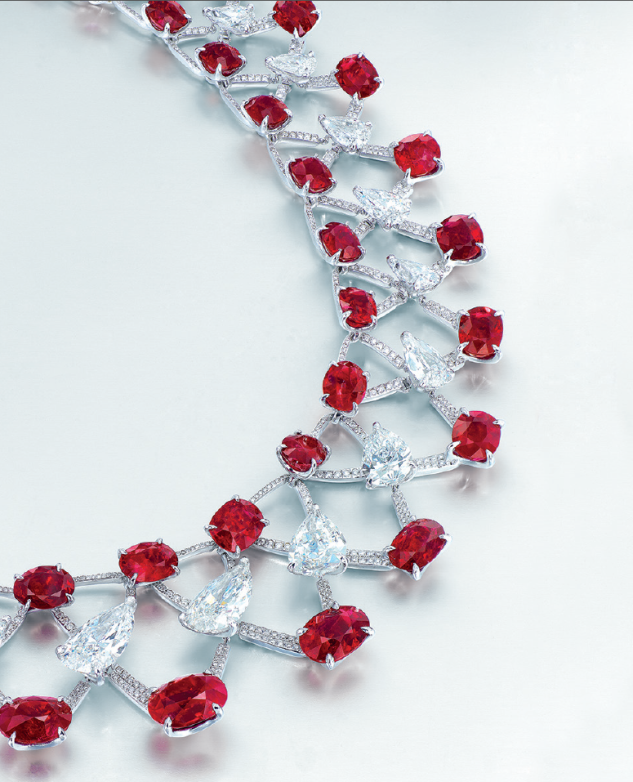
Sold for $13,006,656; the necklace has 48 rubies of 120.74 carats in total, each stone was found in the famous ruby mines in Burma (Myanmar).
Without a doubt, the auction market has become an influential force - in both demand and price - in the jewellery world today.




